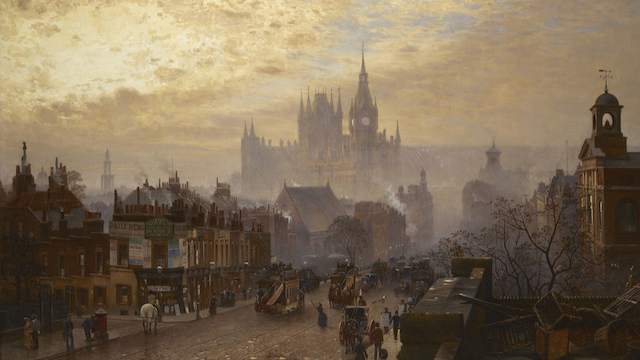
Comparing the women in contemporaneous works – like Collins’ Armadale, Braddon’s Lady Audley’s Secret, and Dickens’ Bleak House – with some memorable Canonical women – like Sophy Kratides, Kitty Winter, and the unnamed mysterious lady who appears in “The Adventure of Charles Augustus Milverton” – she says:
The bad women of Victorian literature lose. They have to, or what’s the world coming to? They are hanged, or kill themselves to save their loved ones, or just go mad.
No matter what their crime, if they deviate from the perfect Victorian woman, they must be punished.
Except for the female villains of the Sherlock Holmes stories. They get away with it.
(Why was a certain obvious name left off that list of “memorable Canonical women”? Birkby states right off the bat that “Irene Adler, from A Scandal in Bohemia, is, despite nearly every screen adaptation ever, not a villain.” Her reasons for this assertion are very clearly laid out, just in case anyone needed convincing. And for more on the topic, see Esther Inglis-Arkell’s io9 post from 2013, “Why can’t any recent Sherlock Holmes adaptation get Irene Adler right?”)
A good number of Canonical women defy the Victorian ideal of femininity, whether they be villainesses, adventuresses, or something else entirely. Birkby offers some thoughts on why this might be. What do you think? Who is your favorite Canonical woman (villain or not!), and why?

